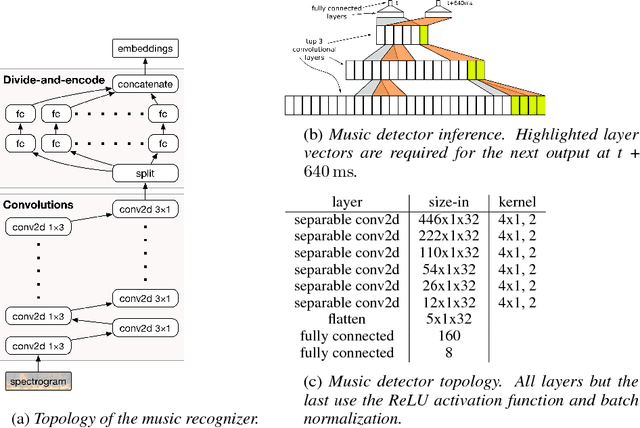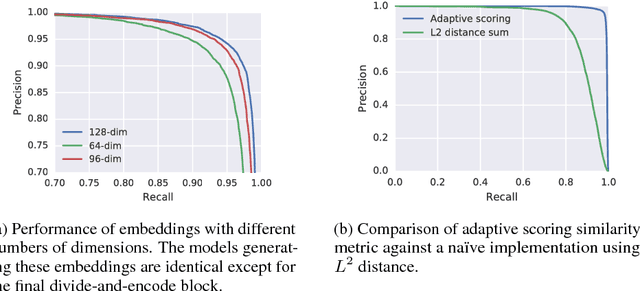James Lyon
Sample what you cant compress
Sep 04, 2024



Abstract:For learned image representations, basic autoencoders often produce blurry results. Reconstruction quality can be improved by incorporating additional penalties such as adversarial (GAN) and perceptual losses. Arguably, these approaches lack a principled interpretation. Concurrently, in generative settings diffusion has demonstrated a remarkable ability to create crisp, high quality results and has solid theoretical underpinnings (from variational inference to direct study as the Fisher Divergence). Our work combines autoencoder representation learning with diffusion and is, to our knowledge, the first to demonstrate the efficacy of jointly learning a continuous encoder and decoder under a diffusion-based loss. We demonstrate that this approach yields better reconstruction quality as compared to GAN-based autoencoders while being easier to tune. We also show that the resulting representation is easier to model with a latent diffusion model as compared to the representation obtained from a state-of-the-art GAN-based loss. Since our decoder is stochastic, it can generate details not encoded in the otherwise deterministic latent representation; we therefore name our approach "Sample what you can't compress", or SWYCC for short.
Now Playing: Continuous low-power music recognition
Nov 29, 2017

Abstract:Existing music recognition applications require a connection to a server that performs the actual recognition. In this paper we present a low-power music recognizer that runs entirely on a mobile device and automatically recognizes music without user interaction. To reduce battery consumption, a small music detector runs continuously on the mobile device's DSP chip and wakes up the main application processor only when it is confident that music is present. Once woken, the recognizer on the application processor is provided with a few seconds of audio which is fingerprinted and compared to the stored fingerprints in the on-device fingerprint database of tens of thousands of songs. Our presented system, Now Playing, has a daily battery usage of less than 1% on average, respects user privacy by running entirely on-device and can passively recognize a wide range of music.
 Add to Chrome
Add to Chrome Add to Firefox
Add to Firefox Add to Edge
Add to Edge